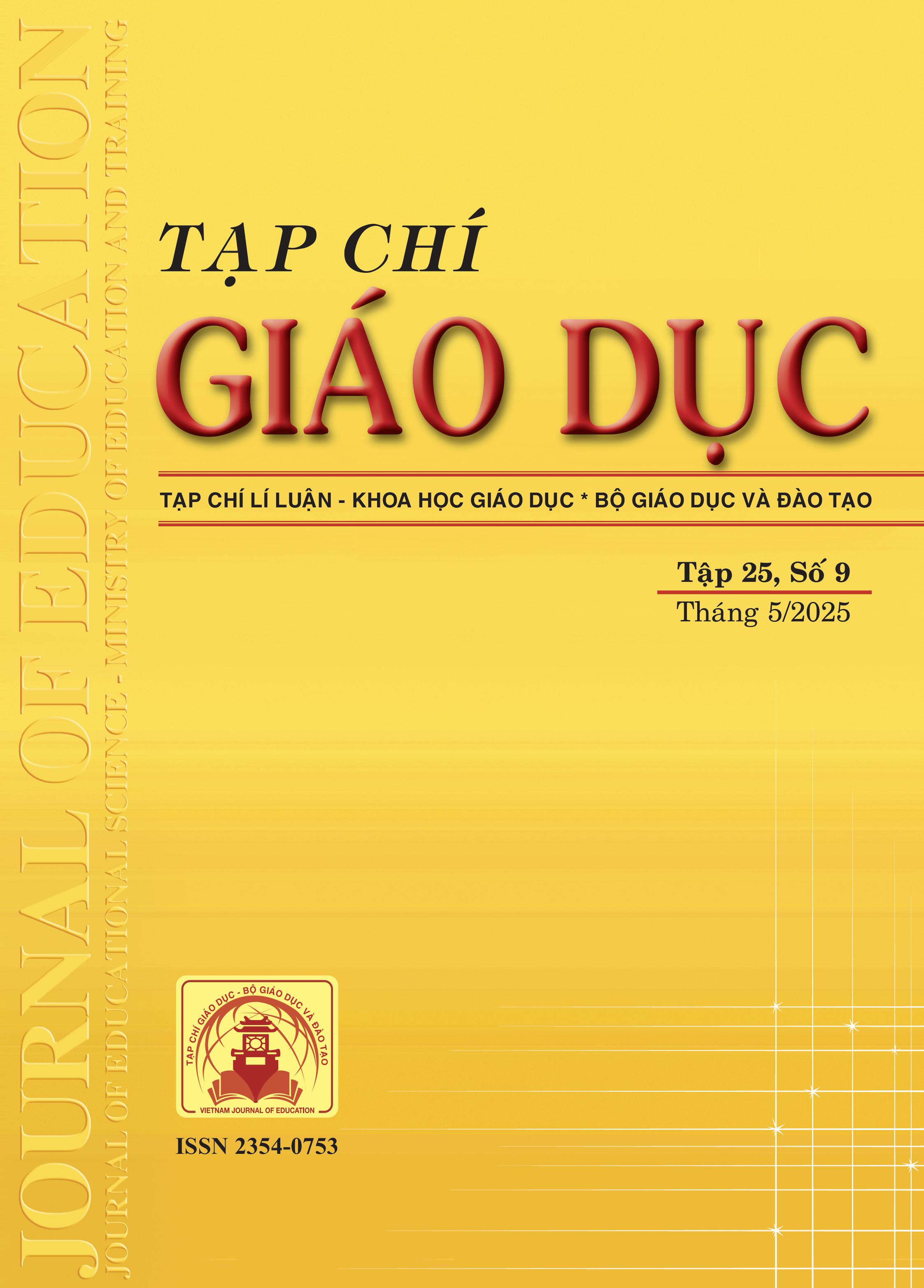Những khó khăn trong kĩ năng nghe và chiến lược cải thiện kĩ năng nghe cho sinh viên Khoa Tiếng Anh chuyên ngành tại Trường Đại học Hà Nội
Tóm tắt
Listening comprehension is a fundamental skill in foreign language learning, essential for effective communication and successful task completion. However, first-year students in the English for Specific Purposes Department (ESPD) at Hanoi University generally face significant challenges in this area, which hinders their overall language proficiency. This study adopts a mixed method approach to investigate specific difficulties these students encounter and to propose strategies for improvement. Quantitative data, collected through surveys and listening assessments, highlights key challenges such as inferring the meanings of unfamiliar words, identifying main ideas, and understanding diverse regional accents. Qualitative data, obtained from focus group discussions during listening lessons, provides deeper insights into these difficulties. Additionally, external factors such as ambient noise and inadequate listening equipment are discussed. Based on the findings, the study proposes targeted interventions, including contextual guessing, recognizing discourse markers, and employing effective note-taking strategies. This paper also acknowledges the limitations such as sample size constraints and its focus on academic settings. Future research should expand the scope, integrate technology-based learning solutions, and explore real-life listening contexts to enhance students’ adaptability and language skills.
Tài liệu tham khảo
Berman, M. (2000). Advanced listening strategies. Longman. Berman, M. (2003). Listening comprehension: Identifying key ideas. Cambridge University Press.
Brown, H. D. (2001). Teaching by principles: An interactive approach to language pedagogy (2nd ed.). Pearson Education.
Byram, M. (2021). Teaching and Assessing Intercultural Communicative Competence. Multilingual Matters.
Cross, D (1998). Teach English. Oxford: Oxford University Press. Crystal, D. 2003. English as a Global Language. Cambridge University Press.
Field, J. (2008). Listening in the language classroom. Cambridge University Press.
Garrison, D. R., & Vaughan, N. D. (2018). Blended Learning in Higher Education: Framework, Principles, and Guidelines. Jossey-Bass.
Ghoneim, N. M. (2013). Listening comprehension and difficulties in English as a second language learning. Arab World English Journal, 4(1), 150-163.
Goh, C. C. M. (2000). A cognitive perspective on language learners’ listening comprehension problems. System, 28(1), 55-75.
Hamouda, A. (2013). An investigation of listening comprehension problems encountered by Saudi students in the EL listening classroom. International Journal of Academic Research in Progressive Education and Development, 2(2), 113-155.
Hasan, A. (2000). Learners’ perceptions of listening comprehension problems and strategies in learning English as a foreign language. Language, Culture, and Curriculum, 13(2), 137-153.
Hoang, V. V. (2010). The Current Situation and Issues of the Teaching of English in Vietnam. Ritsumeikan Studies in Language and Culture, 22(1), 7-18.
Howatt, A., & Dakin, J. (1974). Language laboratory materials. Center for Applied Linguistics.
Rost, M. (2024). Teaching and researching listening, 4th Edition. Routledge. Underwood, M. (1989). Teaching listening. Longman.
Vandergrift, L., & Goh, C. C. M. (2018). Teaching and Learning Second Language Listening: Metacognition in Action. Routledge.
Yagang, F. (1994). Listening: Problems and solutions. In T. Kral (Ed.), Teacher development: Making the right moves (pp. 189-204). US Information Agency.
Tải xuống
Đã Xuất bản
Cách trích dẫn
Số
Chuyên mục
Giấy phép

Tác phẩm này được cấp phép theo Ghi nhận tác giả của Creative Commons Giấy phép quốc tế 4.0 .












